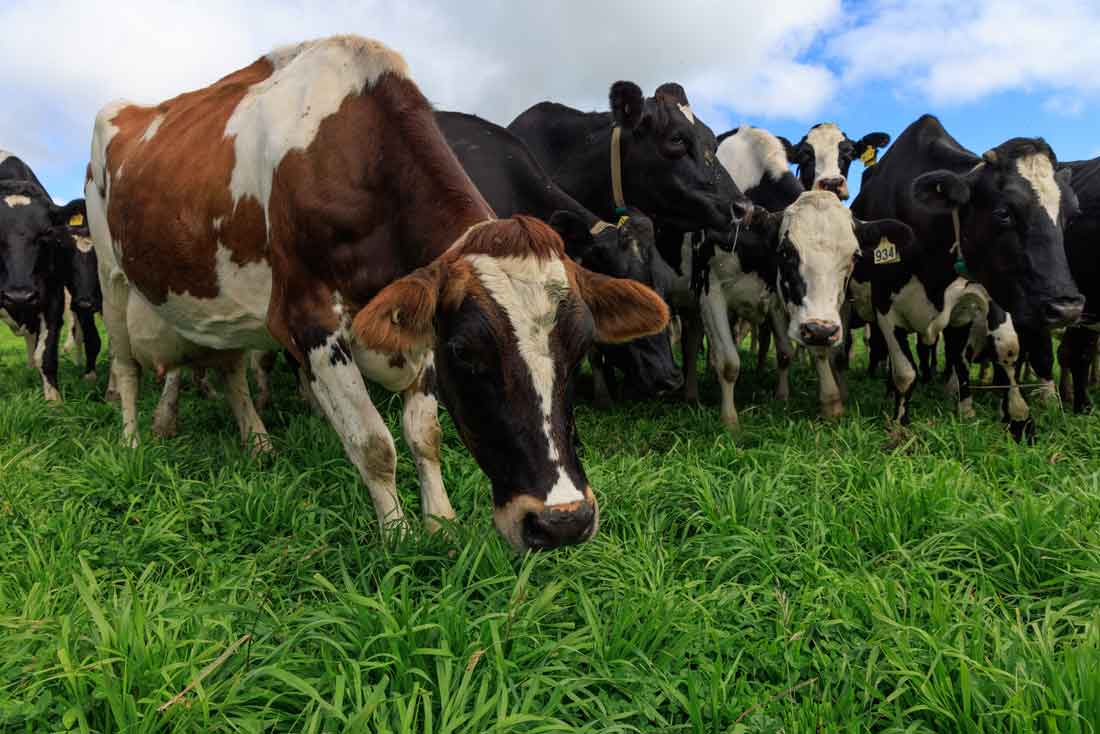ACCELERATE – INCREASING WINTER GROWTH Accelerate Growth Regulant is a naturally occurring plant hormone that has been maximising pasture growth during the cooler months to deliver quality feed quantity during periods of reduced winter pasture production. By increasing the natural level of gibberellins contained in plants, Accelerate stimulates growth though cell expansion resulting in stem and lead elongation. Applications deliver accelerated growth creating significant gains in dry matter yield for up to 3 to 4 weeks provided adequate moisture and nutrition is available. BENEFITS OF ACCELERATE When should I first apply Accelerate?Gibberellic Acid will provide a benefit when the pasture production appears to be slowing due to falling temperatures. This can be as early as late April. Timing will depend on our […]
Tag: Agronomy
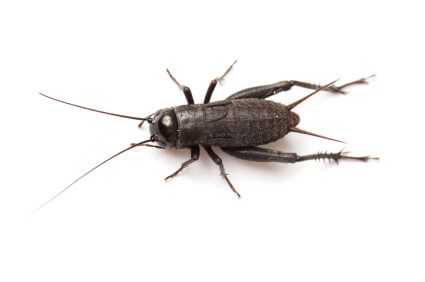
Cricket Bait for Victorian farmers
Cricket Bait is an insecticide treated grain product for the control of black field crickets in pasture. Black field crickets pose a insect pest threat to newly sown and established grass pastures over the late summer and autumn period. Cricket Bait is highly palatable and has a rapid knockdown effect on the target pest. PASTURE LOSSES A field population of 20 crickets/m2 could cause a pasture loss of 1600 kg DM/ha in 98 days. The actual loss in anyone season could, however, be as low as 860 kg DM/ha or as high as 2450 kg DM/ha depending on availability of feed (Blank, 1985). Severely defoliated ryegrass plants will be slow and many plant can die. Cricket-damaged pasture that do recover […]
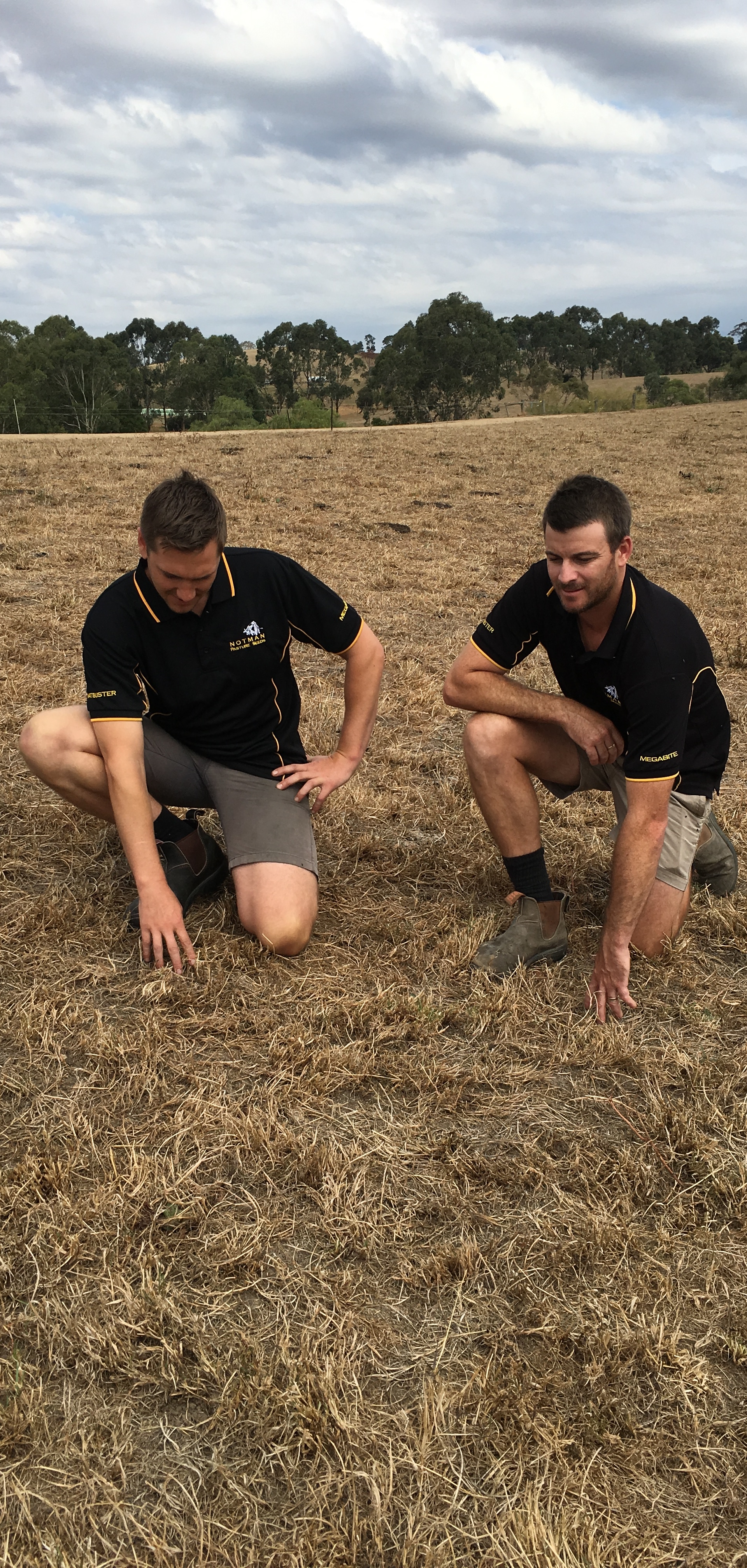
Ryegrass staggers? Our top management tips
Throughout south east Australia, perennial ryegrass has stood as a vital component of pasture systems, offering a rich source of high-quality feed through Autumn to early Summer. However, its symbiotic relationship with endophytes can lead to a condition known as perennial ryegrass staggers or toxicity in grazing animals. This presents a significant challenge for farmers, particularly during late summer and autumn when the risk of staggers peaks. Fortunately, advancements in endophyte research has yielded some promising solutions to reduce lower levels of alkaloids and thus reduce the likelihood of ryegrass staggers. Endophyte technology has advanced significantly since the 1980s with plant breeders such as Cropmark Seeds and DLF Seeds continuing to help develop novel endophytes that provide long-term pasture persistence […]
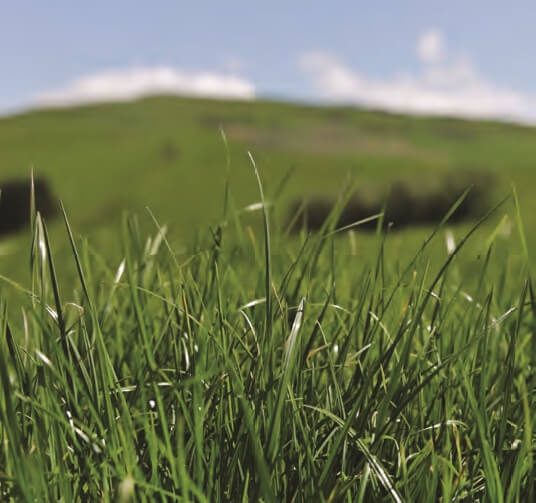
Spring sown pasture tips
Enhancing your perennial pastures with spring oversowing in September and October whilst sufficient soil moisture is available for emerging seedlings is a common practice for south east Australian farmers looking to drive more production. Here Notman Pasture Seeds explores the advantages, disadvantages and in-depth suggestions on optimising spring sown pasture. Spring sowing advantages Spring sowing disadvantages Enhance harvest density and quality Improve silage and hay DM yields with spring sown italian ryegrasses such as Surge Italian Ryegrass. Over sowing with fast establishing italian ryegrasses provides exceptional yield, and luscious leaf growth. Surge is ideal in this scenario this September as it will improve pasture density when it comes time to harvest for silage & hay. And with soil temperatures & daylight […]
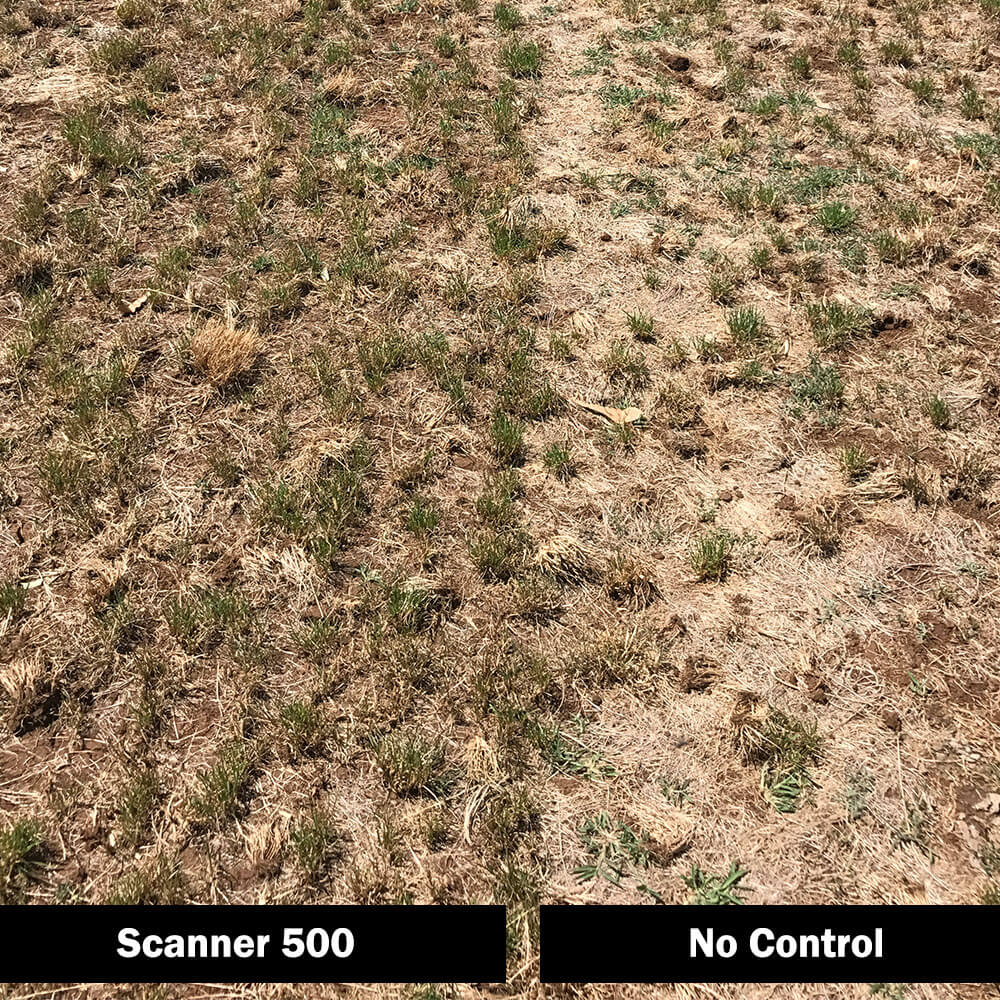
Combating winter grass in perennial pastures
As we move into late autumn and early winter, a range of winter grasses and broadleafed weeds begin to germinate in our pastures. Light green in colour with tufted growth habit and seeding from late winter throughout spring and early summer, Poa Annual matures quickly and seeds profusely making them an agressive weed difficult to control. Grazing or mowing is ultimately ineffective in their control as they begin to choke up your pastures. Preventing winter grass establishment is a key component in maximising the performance or your pastures. As you can see by the images below: WINTER GRASSES TRIAL Using Scanner 500 herbicide, Notman Pasture Seeds trialed its effectiveness on winter grasses last season here at Larnder. As you can see there […]
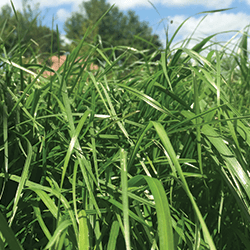
Why combine Diploid & Tetraploid ryegrasses in mixes?
Diploid ryegrasses have two sets of chromosomes per cell, compared to a tetraploid which has four. Diploids combine yield and robustness whilst Tetraploid’s are extremely tasty and palatable. Blends of diploid and tetraploid ryegrasses can achieve a more balanced pasture on your farm. The high sugars and leafiness of tetraploids combined with the persistence and standability of diploids makes an ideal blend with the best of both worlds. For example, combining ryegrasses such as Matrix SE (a diploid) and Base AR37 (a tetraploid) in a perennial ryegrass blend delivers high levels of dry matter production, improved balance of quality feed, high levels of persistence and grazing flexibility. We offer blends of diploid and tetraploid ryegrasses such as Vatbuster, Megabite, Winterbite […]
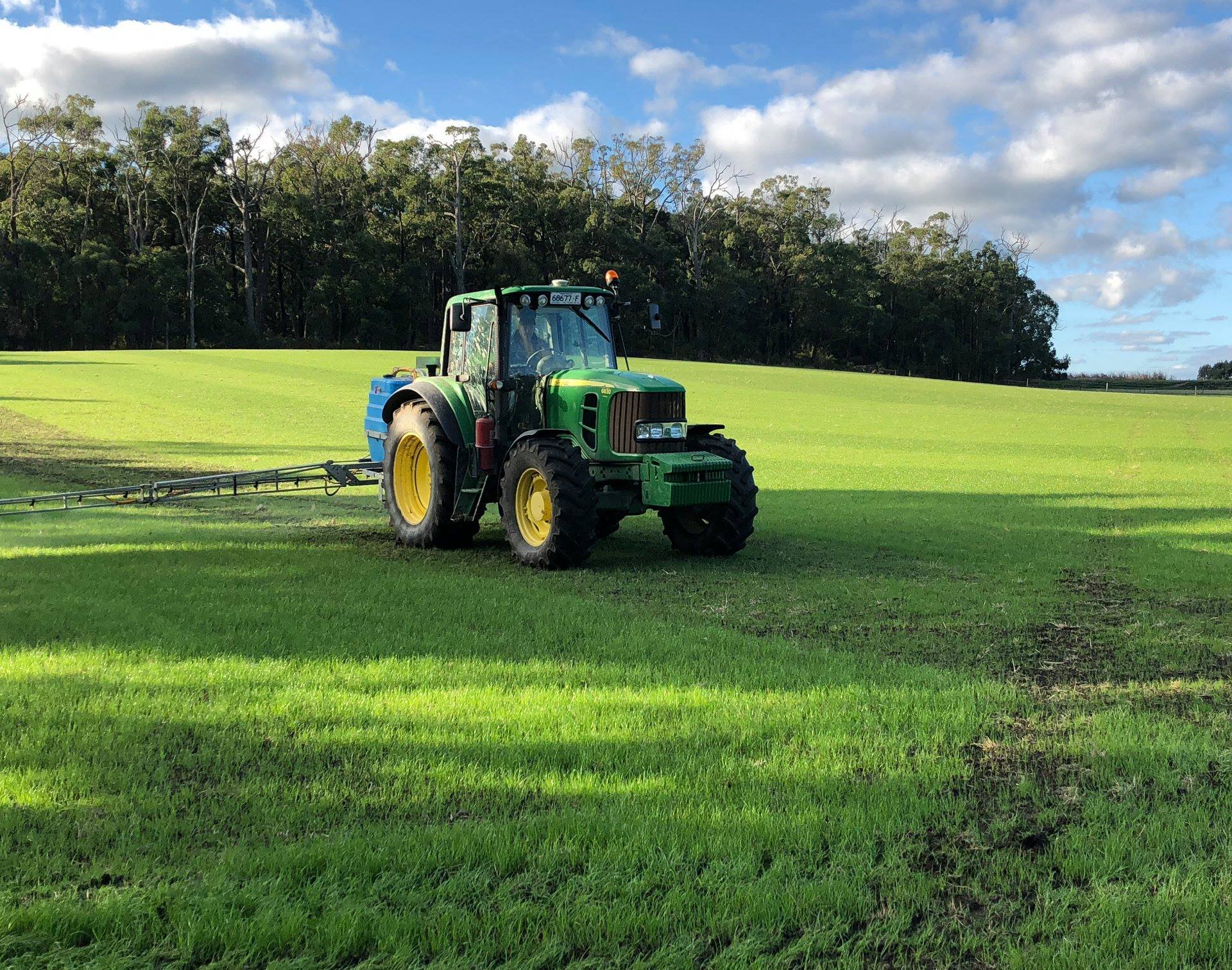
Weed control in new pasture
Weed Control in Pasture – the importance of controlling weeds early. Planning a weed control programme for new grass will help you grow strong, healthy and persistent pasture. TOP TIPS IMPACT Short term: Seedling weeds vigorously compete for nutrients, moisture, light and most importantly, space. Early removal of these weeds allows for more rapid and even establishment resulting in an increased amount of dry matter for your stock. Long term: Poor establishment of newly sown pasture results in a decrease in pasture productivity and an increase in chemical costs from the extra weed control requirements down the track. PRE GRAZING Ideally, you need a herbicide that will not damage the newly established pasture while providing effective weed control. SPRAY GRAZING Spray grazing is an excellent and […]
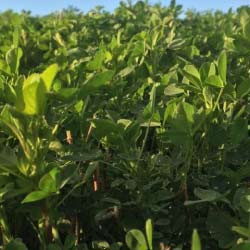
Stamina grazing tolerant lucerne varieties
In our experience in grazing Lucerne is generally grown on sites that will not support good stands of permanent pasture year round due to lack of summer moisture and or poor soil moisture holding profile. High yielding lucerne provides 3 to 4 and sometimes even 5 cuts per year and it will persist for at least 4 years and in some cases has been known to continue good high quality production for up-to 5 or 6 years. It is extremely robust with exceptional drought resistance due to its deep roots which often reach deep throughout the soil profile, which is ideal for farms that dry out significantly over summer. Why is drought tolerant? Lucerne relies on stored energy (carbohydrates) in its root […]







